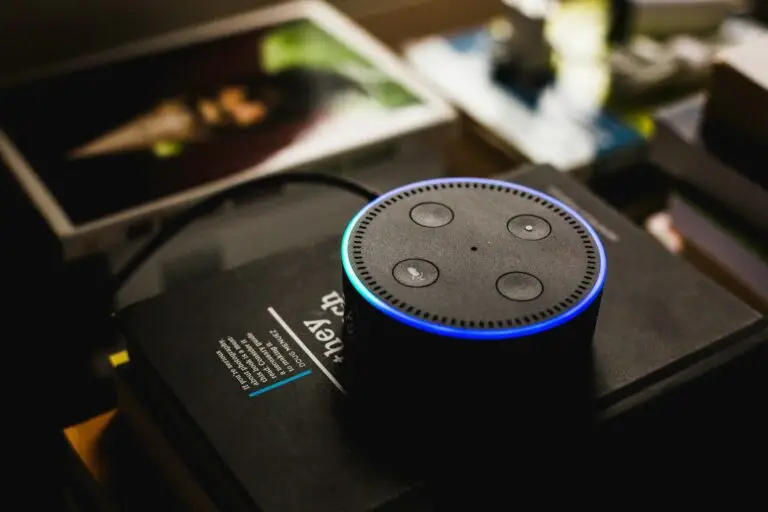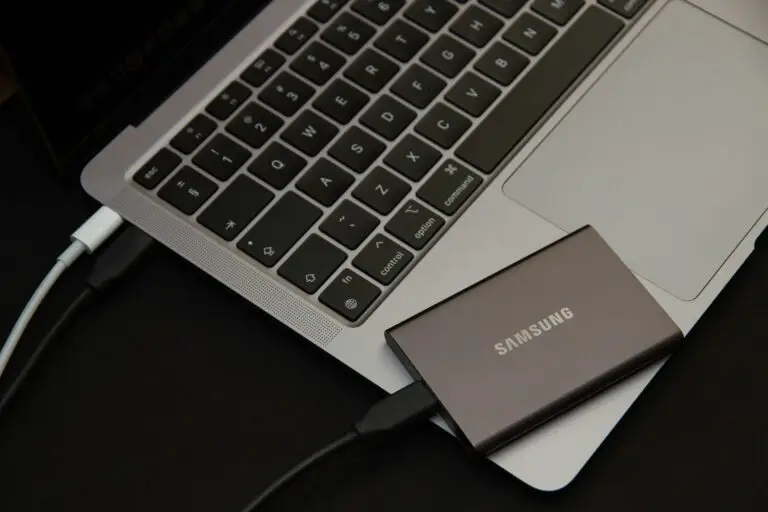How does Micro-interactions improve user engagement

How Micro-interactions Boost User Engagement in Web Design
In the ever-evolving world of web design, micro-interactions have emerged as a powerful tool for enhancing user experience. These subtle design elements can transform a good website into an exceptional one. Let’s dive into how micro-interactions can significantly improve user engagement on your digital platforms.
Understanding Micro-interactions in Web Design
Micro-interactions are those tiny, almost imperceptible moments of animation within a user interface. These brief, functional animations provide visual feedback to users as they interact with your website or app. From a button changing color on hover to a loading spinner, micro-interactions are everywhere in modern web design.
The Impact on User Engagement
- Enhanced User Feedback
These subtle animations provide immediate, visual confirmation of user actions. This instant feedback reassures users that their input matters, reducing uncertainty and frustration. - Guiding User Behavior By highlighting interactive elements or showing the results of an action, these design features subtly guide users through your interface, making navigation more intuitive.
By highlighting interactive elements or showing the results of an action, these design features subtly guide users through your interface, making navigation more intuitive. - Expressing Brand Personality
The style and tone of your interface animations can reflect your brand’s personality. Playful effects might suit a casual app, while sleek, minimalist interactions could be perfect for a professional service. - Improved Perceived Performance
Well-crafted animations can make your site or app feel faster and more responsive, even if the actual loading time remains the same. - Increased User Retention
By making the interface more engaging and enjoyable to use, these subtle interactions can encourage users to spend more time on your site and return more frequently.
Examples of Effective Micro-interactions in Web Design
- A heart icon that bursts into color when a user likes a post
- A subtle bounce effect when scrolling reaches the end of a page
- A progress bar that fills as a user completes a multistep form
A notification bell that gently shakes when new alerts arrive
Best Practices for Implementing
- Keep It Simple: These interactions should be subtle and not distract from the main content.
- Maintain Consistency: Keep a cohesive style across all animations to reinforce your brand identity.
- Prioritize Function: Every interactive element should serve a purpose beyond mere decoration.
- Test and Refine: Regularly assess the effectiveness of your design choices and refine them based on user feedback.
Conclusion
In today’s competitive digital landscape, micro-interactions can be the secret weapon that sets your website or app apart. By focusing on these small but mighty design elements, you can create a more engaging, intuitive, and enjoyable user experience. Remember, when it comes to user engagement, it’s often the little things – like well-implemented micro-interactions – that count the most. Start incorporating thoughtful micro-interactions into your web design today, and watch your user engagement soar!







